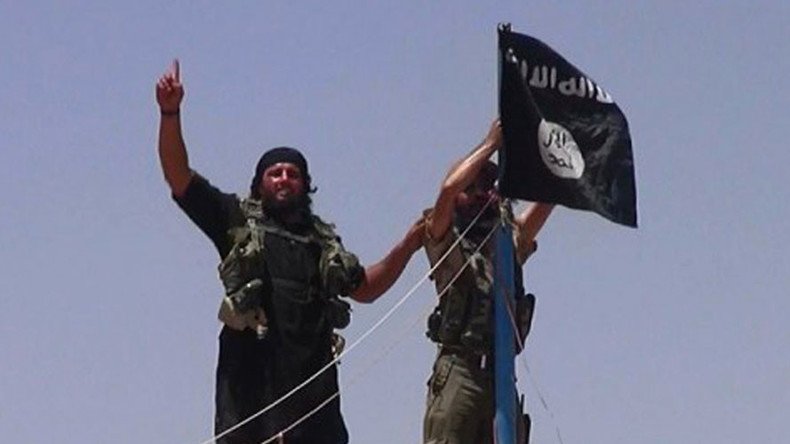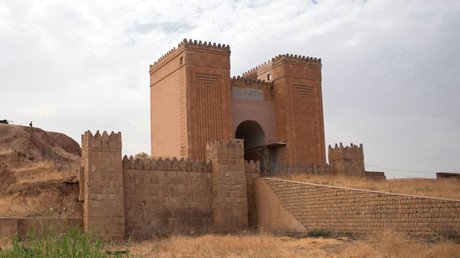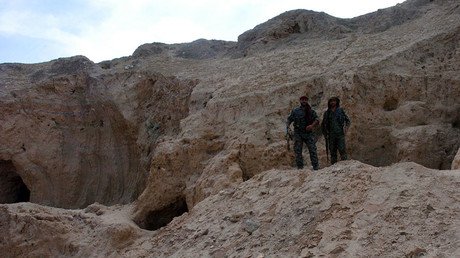ISIS demolishes Assyrian church in culture-rich Nineveh, Iraq

Islamic State has demolished an Assyrian church in Karmlis, a town outside Mosul, Iraq. The group used multiple charges inside the building, which joins dozens of other Assyrian churches and prized archaeological heritage sites in Nineveh Governorate.
The terrorists “detonated a number of explosive devices inside the church on Sunday afternoon,” according to human rights activist Ghazi Shamoun, who spoke to ARA News. “The church was completely destroyed.”
The destruction of the building follows a similar string of grave offences, as Islamic State (IS, formerly ISIS/ISIL) attempts to wipe out precious cultural artefacts they consider sacrilegious. These include the partially-destroyed ancient ruins of Palmyra, the 2,000-year-old Gate of God in Iraq, Syria’s national treasure – the Assyrian-era Tal Ajaja settlement – and countless other prized relics that have faced IS explosives and sledgehammers.
It emerged in March this year that all six UNESCO World Heritage Sites in Syria have either been damaged or destroyed in the five years of civil war. In Iraq, the destruction took off in earnest a little later, in 2014, after the fall of Mosul to IS. Over 28 historical relics and places of worship have been attacked and looted.
The destruction doesn’t just happen for the sake of IS’s anti-cultural agenda: the terrorists loot and sell the artefacts they salvage later on the black market to finance their murderous campaign.
READ MORE: 6 out of 6: ALL of Syria's UNESCO Heritage Sites damaged or destroyed during civil war
The Assyrian town of Karmlis and the surrounding Christian villages have all been abandoned by escaping civilians, turning the IS-ridden Nineveh Governorate in the northwest of Iraq into a ghost town.
The thousands of families have reportedly fled to Kurdish-held Iraq. According to Shamoun, IS’s purpose is to “eliminate the historical identity of the area.”
The terrorists seized control of the strategically-important Mosul in 2014, and have since been rampaging through the region on a quest to completely rid it of culture, as they have been doing in Syria.
IS and other terrorist groups have attacked more than 1,000 archaeological sites across both countries, according to local reports.
Almost exactly a year ago, in light of the local forces’ inability to step in, the United Nations unveiled plans to defend cultural relics from the terrorist group by employing peacekeepers to guard them.
“Faced with IS terrorist attacks and the terrible images of Palmyra, the international community cannot stand back and watch,” Italian Culture Minister Dario Franceschini, said.
According to the minister, the UN peacekeeping mission would aim to protect“important sites at risk from terrorist attacks, or in war zones, or zones hit by natural disasters, where the international community will be able to send Cultural Blue Helmets to ... defend them before they can be destroyed.”
Around the same time as the UN became more proactive, Russia had joined the campaign at the request of Damascus to help out in Syria by targeting IS from the air. In that time the Russian Air Force has eliminated thousands of jihadists, but also liberated Palmyra, which the international community considered all but lost.
The ancient city had been under terrorist control since May 2015, before they were expelled thanks to a Russian-Syrian operation in March this year.















